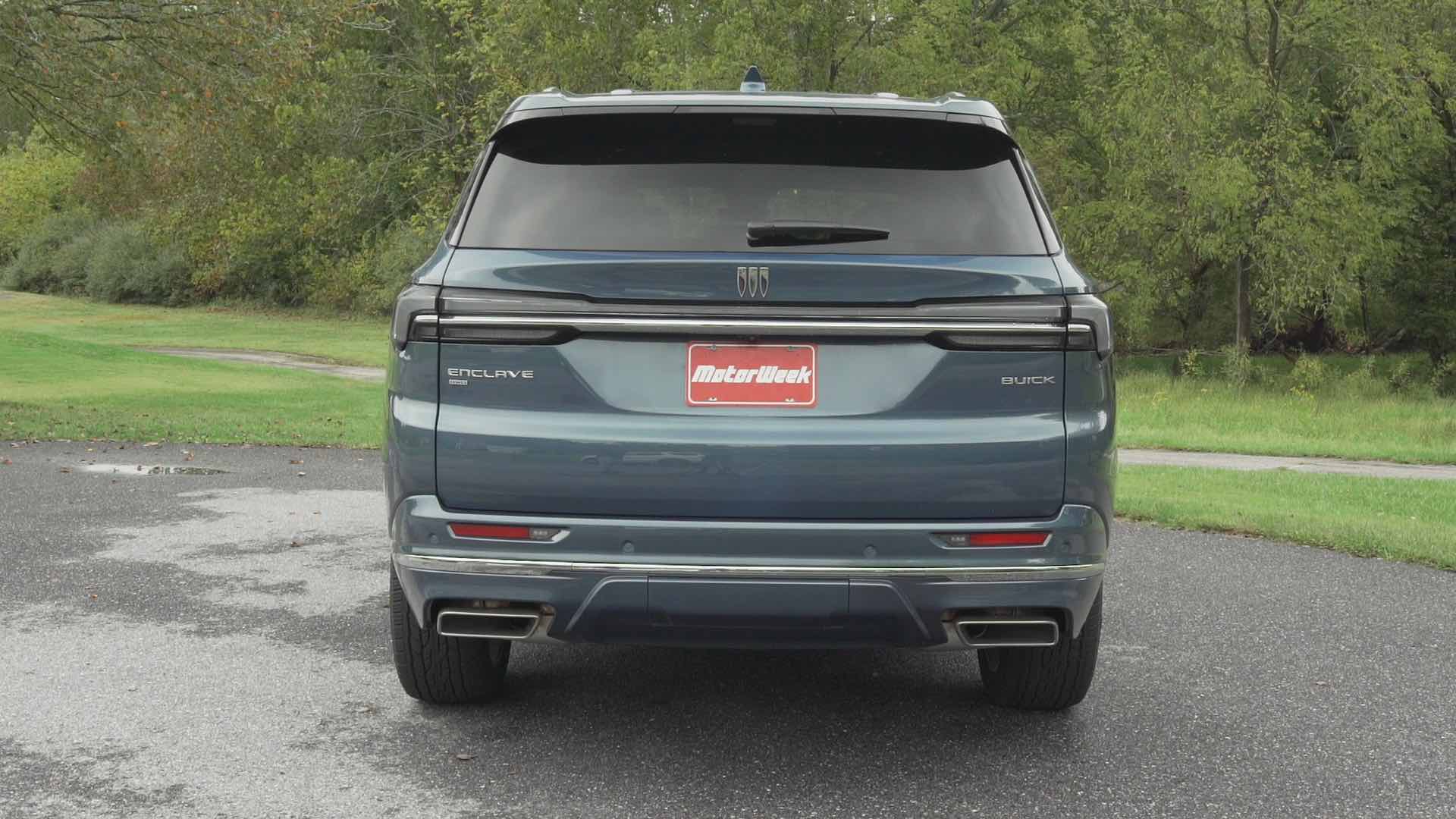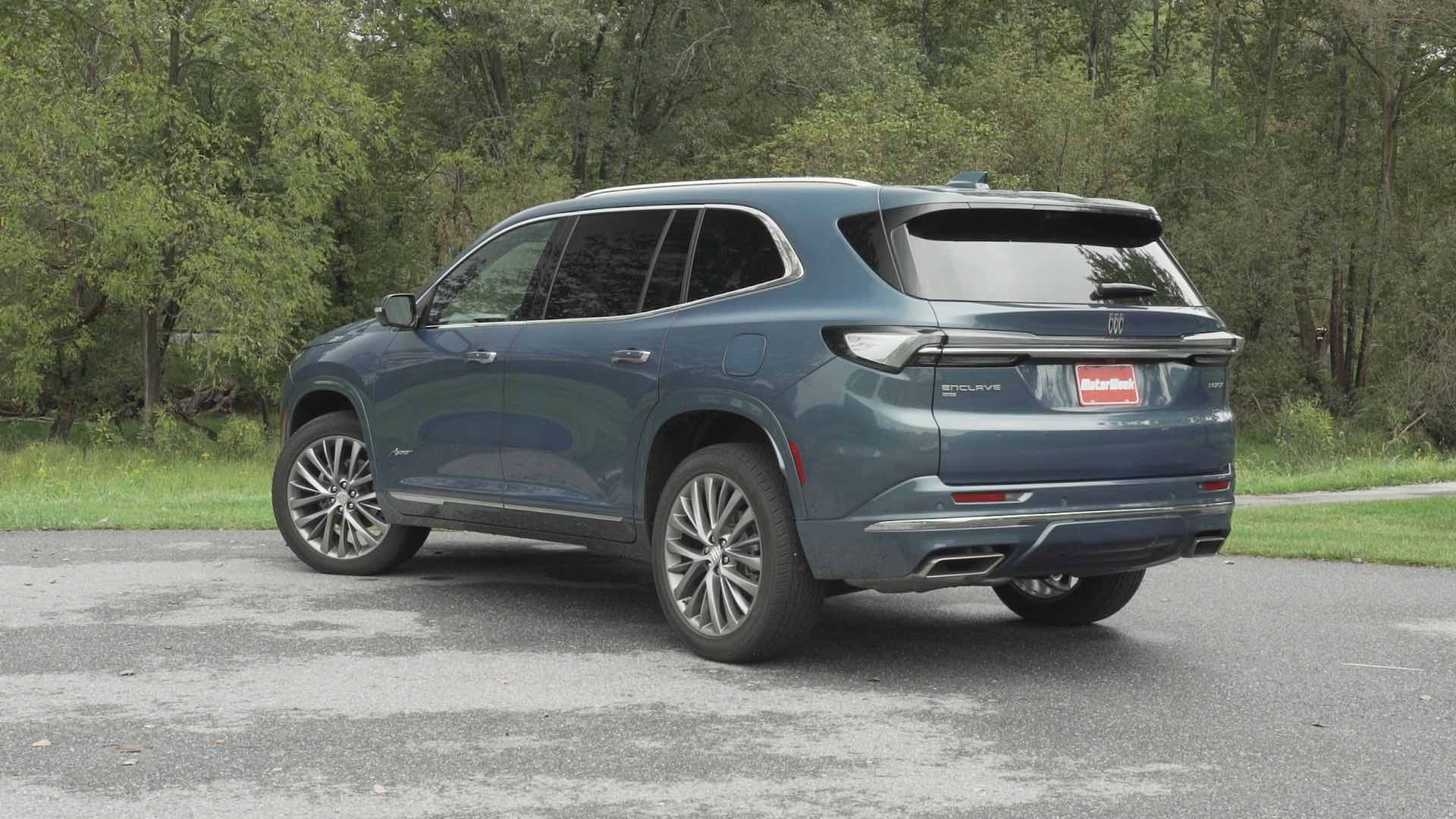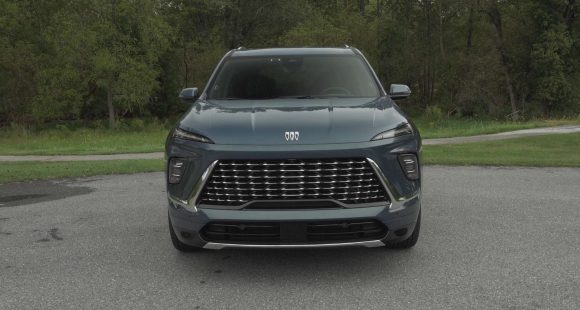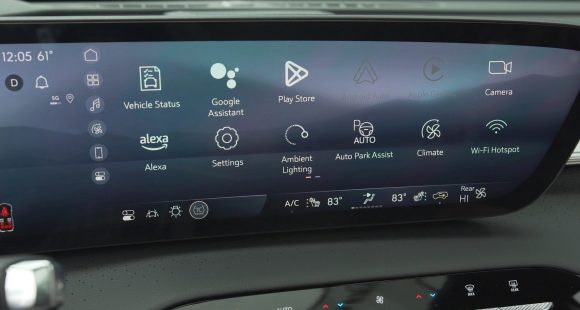2016 Volvo XC90
It’s been quite a while since we’ve had a really all-new Volvo to sample. And, for a while we were having doubts whether Volvo would ever get around to addressing their large but aging XC90 crossover. Well, not only have they gotten around to it, but they’ve turned it into a potential luxury-class hall of famer.
13-years have passed since Volvo made its mark in the burgeoning three-row luxury crossover segment with the first XC90. But, over all that time, newer rivals have seriously dampened the “nine-0’s” sales. So the all-new, 2016 XC90 has certainly got its work cut out for it.
That first 2002 XC90 proved to be the right vehicle at the right time. And, at least visually, this stylish second-gen 7-seater looks like it scores again.
It’s wagon-ish two-box shape is familiar enough to be easily pegged as a Volvo, but like your Aunt that took a mysteriously long vacation to South America and came back looking younger than ever, it’s clear there’s been a lot of work done here.
 But we all know it’s what’s inside that counts; and impressively, the XC90’s interior has transformed from utility grade to flagship material. The layout is smooth, simple, and not muddled at all. Very few traditional buttons or knobs remain; but the few that do, are the right ones.
But we all know it’s what’s inside that counts; and impressively, the XC90’s interior has transformed from utility grade to flagship material. The layout is smooth, simple, and not muddled at all. Very few traditional buttons or knobs remain; but the few that do, are the right ones.
A tablet-like Sensus touch display dominates the center stack. It’s arranged more vertically than horizontally, like a Tesla S, and its use is very intuitive.
As in every Volvo we can remember, the front seats are a highlight; offering great levels of comfort and support. That’s also true for the sliding and reclining second row, and even the still adult capable third row. Plus, features like the built-in child booster seat are still far and above class typical.
And, even with Volvo’s latest change of ownership, the brand’s commitment to safety hasn’t wavered. The XC90 is packed with enough safety features to keep even worry warts at ease.
 Indeed, our car’s automatic braking system worked perfectly in our crash barrier test. The available self-parking system also worked better than most.
Indeed, our car’s automatic braking system worked perfectly in our crash barrier test. The available self-parking system also worked better than most.
As for its actual utility factor, the XC90 can carry plenty of goods.13.0 cubic feet worth behind the third row seats, 41.8 behind the second, and 85.7 behind the first. And, for ease of loading there’s a hands-free power liftgate.
All XC90s are equipped with advanced all-wheel-drive, 8-speed automatic transmission, but somewhat surprisingly, only 4-cylinder power. But, the 2.0-liter I4 in our T6 is both turbocharged and supercharged for 316-horsepower and 295 lb-ft. of torque.
And, you forget it’s a 4-cylinder after just a few minutes behind the wheel, as it provides effortless power. Even the automatic stop/start is seamless, and it can still tow 5,000 lbs.
Regardless, we still think an inline 4 may be a tough sell in this segment. Though the forthcoming plug-in hybrid T8, with the boosted 2.0 plus an electric motor for 400 total horsepower, will certainly be a Volvo differentiator.
The more time spent driving, it becomes clear that this vehicle is built for family vacations over long distances. It’s extremely quiet and solid. Rough roads and slick pavement do nothing to upset it.
 There’s a very natural feel to the electric power steering, and through the cones we were mostly impressed with the XC90’s sporty firmness. The rear suspension features a Corvette-style transverse leaf spring to eliminate cargo-robbing coils and shocks. A full air suspension is also available.
There’s a very natural feel to the electric power steering, and through the cones we were mostly impressed with the XC90’s sporty firmness. The rear suspension features a Corvette-style transverse leaf spring to eliminate cargo-robbing coils and shocks. A full air suspension is also available.
As for acceleration… truly the little engine that could, this 4-banger picks up the XC90’s 46-hundred lbs. and delivers it to 60 in a swift 6.5-seconds. The ¼-mile is over in 14.9-seconds at 94 miles-per-hour.
Plus, T6 Government Fuel Economy Ratings are still 20-City, 25-Highway, and 22-Combined. We averaged a very good, for its nearly full-size demeanor, 26.0 miles-per-gallon of Premium. The Energy Impact Score is an average one at 15.0-barrels of annual oil consumption with CO2 emission of 6.6-tons.
Choices in this segment are indeed plentiful, but base pricing of just $49,825 means the XC90 T6 is highly competitive.
Lavish interiors, sporty attitudes, and sophisticated powertrains are just the price of entry into the high end crossover segment. So, how does the 2016 Volvo XC90 expect to get back on people’s short list? Well, by providing all of that and more, in the way that only Volvo can, with top notch safety, otherworldly comfort, and family extra-friendly features; all wrapped up in unmistakably Swedish style. We are very impressed!
Specifications
- Engine: 2.0 liter I4
- Horsepower: 316
- Torque: 295 lb-ft.
- 0-60 mph: 6.5 seconds
- 1/4 mile: 14.9 seconds @ 94 mph
- EPA: 20 mpg city/ 25 mpg highway
- Energy Impact: 15.0 barrels of oil/yr
- CO2 Emissions: 6.6 tons/yr
2025 Buick Enclave
Buick’s Biggest Utility Gets More Premium Look, Less Premium Powertrain
Buick is now an all SUV brand with the three-row Enclave sitting at the top of their lineup. And for this all-new third generation, it looks like Buick has finally given it the true flagship treatment it deserves. Reason enough for us to see what else new this posh performer has in store.
Don’t think of this 2025 Buick Enclave as just a new third generation of Buick’s largest three-row SUV, but more of a total reboot for a luxury segment pioneer. Part of that reinvention is swapping out the 3.6-liter naturally aspirated V6 engine, that has been the heart of this large crossover since it arrived on the scene for 2008, for a new 2.5-liter turbocharged four-cylinder.
Though using two fewer cylinders, it rates 18 more horsepower at 328. The gain in torque is even greater, climbing from 266 to 326 lb-ft.
Power from a start and when tooling around town feels pretty good, but you do notice that engine working hard under the hood; there is more engine noise and it’s not as smooth as many competitors who have also made the switch to turbo-four power. Max towing rating remains at 5,000 lbs. The new standard automatic transmission loses a gear, dropping from nine to eight, a simplifying move we applaud. All-wheel drive is a $2,000 option with all trims.
The Enclave rides on the same front-wheel-drive based chassis that supports the Chevrolet Traverse and GMC Acadia. It remains the most luxurious of the three, though all have made big upward strides. And that luxurious feel is very evident inside where things appear special without flaunting it. Materials are vastly improved over the last gen, especially in top Avenir trim which is the choice for most Enclave buyers.
Front seats are very comfy, well suited for long days of highway travel. It’s hard to miss the 30-inch ultra-wide display, similar to Cadillac’s. It is big, but not intimidating as operation is very logical and you can easily configure things as you want them, including bringing the nav screen up full in front of the driver.
Front seats are very comfy, well suited for long days of highway travel.
Between the seats is a very substantial console with lots of storage space and standard wireless phone charging. There is definitely room for full-size adults in all three rows of seating. Big, plush captain’s chairs with all trims for the second row; and a less plush but still comfortable three-place third row.
GM’s Super Cruise has now made it to Buick’s lineup, available as a standalone package for any trim. It remains a favorite of ours for hands-off highway cruising. Despite feeling adequately powered on the street, the Enclave’s turbo-four felt a little out of its element at our Mason Dixon Dragway test track. There was very little jump off the line, just a slow wind up to 60 of 8.0 seconds, with the quarter-mile completed in 16.0 seconds flat at 92 mph.
We could really feel the Enclave’s weight in our handling course, about 150-lbs. over last year, even with less motor under the hood. But there was very little body roll, and no excessive oversteer or understeer. In panic braking runs, there was good feel through the pedal, and solid stops from 60 averaging a fine 111 feet.
To all of our eyes, the Enclave is bigger yet much better looking than before. Now more sophisticated using Buick’s PURE philosophy which emphasizes Purity in design, Unexpected details, Refined finishes, and Exceptional execution.
With all-wheel drive, Government Fuel Economy Ratings are 19 City, 24 Highway, and 21 Combined; we managed a great 24.9 mpg of Regular. That’s a slightly below average Energy Impact Score, consuming 14.2 barrels of oil yearly, with 7.0 tons of CO2 emissions.
No more Essence or Premium Enclaves, as the new gen brings new trim names along with it; the base option now being Preferred which starts at $46,395, and unless you choose white, you’ll be paying extra for all exterior colors. Just a short step from there to the Sport Touring for $48,795, and then a much bigger bounce up to Avenir at $59,395.
With so many big utes now aimed at luxury and near luxury buyers, it’s getting harder and harder for Buick to stand out. Being an all-utility brand, with one of the freshest lineups in the industry, will no doubt help. The 2025 Buick Enclave is a very stylish, well-equipped, well executed large three-row crossover that’s priced right.
Specifications
As Tested
- Engine: 2.5-liter turbo-4
- Transmission: 8-speed automatic
- Horsepower: 328
- Torque: 326 lb-ft.
- EPA: 19 City | 24 Highway | 21 Combined
- 0-60 mph: 8.0 seconds
- 1/4 Mile: 16.0 seconds at 92 mph
- Braking, 60-0 (avg.): 111 feet
- MW Fuel Economy: 24.9 mpg (Regular)



































